#quantitativeresearcher
Text
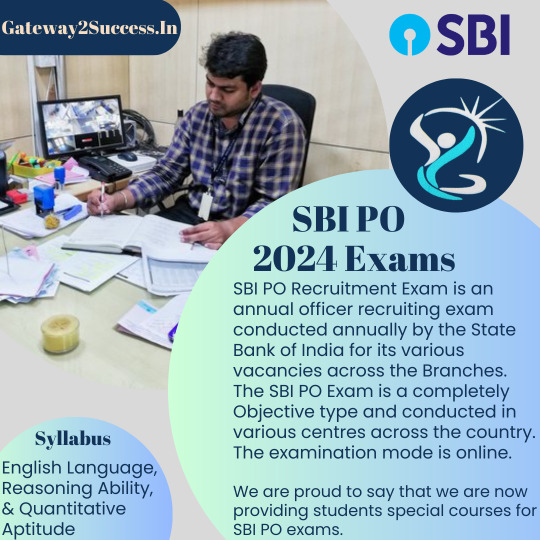
Gate Way to Success - SBI PO
SBI PO is considered one of the most sought-after banking exams in the country. Successful candidates are posted as Probationary Officers in various branches of the bank. SBI PO exam comprises three phases-Prelims, Mains, and Psychometric Test, Interview & Group Exercises.
The SBI PO exam consists of 3 subjects as per the Syllabus- English, Quantitative Aptitude, Reasoning.
For more guidance and info. contact us on Whatsapp- 8851135978, Website- Gatway2Success.In, Gmail- [email protected]
#sbi#banking#bank#government#governmentjobs#english#englishlearning#englishteacher#englishlanguage#englishlessons#englishlesson#maths#mathematics#math#quantitative#quantitativeresearch#quantitativeanalysis#reasoning#gk#gkindia
0 notes
Text
Systematic Literature Review: Meta-Analysis, Thematic Analysis, and Content Analysis
Undertaking a systematic literature review is an essential component in successfully completing any academic work. This meticulous process involves a comprehensive and thorough examination of published works and scholarly literature relevant to the research topic. It provides a solid foundation for the research by identifying gaps in knowledge, highlighting existing research, and enabling the…

View On WordPress
#academia#analysis#contentanalysis#data#dataanalysis#dataanalytics#metaanalysis#methodology#psychology#qualitativeresearch#quantitativeresearch#research#researchanddevelopment#researcher#researchmethods#researchtips#socialscience#statisticalanalysis#statistics#thematicanalysis
0 notes
Text
What is Customer Research?

Customer research helps brands identify potential or current customer segments, needs, and behaviors. It’s conducted as part of market research, user research, or design research and always focuses on researching customers of a specific brand or product to identify unmet customer needs and/or opportunities for business growth.
Customer research about simple demographics of an existing or potential customer group (like age, gender, and income level) is vital to understand a product’s target audience. However, research should also seek to understand various behaviors and motivators, which give insights about the product’s use and potential. The goal of customer research is to expose clear details about who is—or will be—using a product as well as the reasons behind their doing so and how they go about using it.
Customer research is essential to product development and marketing. It can be conducted through a variety of methods, including interviews, surveys, focus groups, desk research, and ethnographic field studies. By exploring customer feedback online, in reviews, forums, and on social media, businesses can get a better sense of what customers want and need from their products.
While customer research is valuable and often conducted as part of the design process, it’s also important for other departments within an organization to take part in this research as well. After all, by understanding the needs and wants of your target market, you’re able to better focus your marketing campaigns – and in turn, reach a larger audience more effectively. Additionally, conducting customer research as part of concept development can help identify opportunities for future products, services, or features – essentially giving you a head start on the competition. In any case, keeping the end users in clear sight long before the end of any design phase is an essential ingredient in ensuring the success of your company.
Types of Customer Research
When it comes to customer market research, there are four main categories it can be broken down into: primary, secondary, quantitative and qualitative. All four types are complementary and can be used together to gain a more comprehensive understanding of your customer. Keep reading for customer research examples and more information on which type would be best suited for your specific needs.

1. Primary Customer Research
Primary research is defined as any type of research that you conduct directly with your target customers. The advantages of this type of research are that you can target it to groups or segments of your customers and specifically tailor the content to your research needs. This method is often used by businesses in the early stages of product development, as it allows them to get feedback and direction from their target market regarding what they want or need from a product or service.
Online surveys. Increasingly popular and relatively low cost, online surveys are widely used by retailers to capture insights from existing and potential customers. You can conduct them using your own customer database, or you can use third-party consumer survey panels that include your customers. If you use a consumer research panel, you will have to include a question to identify your shoppers.
Either way, online surveys are a great way to get feedback from your customers about their shopping experiences, what they like and don’t like about your products, and what they would like to see in the future.
Telephone interviews. While phone surveys provide faster feedback than mail surveys, their effectiveness will be limited by the number of available phone numbers. This is particularly true for cell phone numbers, which can’t be solicited without permission. Additionally, potential customers are often wary of being called and may give short answers.
Face-to-face surveys (often store exit interviews). Personal interviews conducted face-to-face (often as the customer exists the store) can be on the more expensive side, but they can also provide detailed insights from your customers. They require coordination with Store Operations, which might require more up-front time for planning.
Focus groups. Focus groups bring together a small group of consumers to discuss their opinions about products, brands, shopping and other relevant subjects. You might think of them as customer panel research. They’re a good way to get a sense of customer preferences and attitudes. However, because a focus group involves only a small number of customers, it can be challenging to apply the results to your entire customer base.
Customer quizzes. Another increasingly popular survey tactic is to place a short pop-up survey on your website. This can help confirm a hypothesis you have about your target market or help define a product issue. Remember to keep it short — pop-up surveys are most successful when you stick to one question.
2. Secondary Customer Research
Secondary research is a type of research that analyzes consumer attitudes, product and brand preferences, media consumption habits and demographic and lifestyle characteristics. It’s usually based on large research projects conducted on a national level, which means that the results can be applied to your customer base. Additionally, since the same research results can be purchased by several companies, the cost of performing secondary research can be less expensive. These reports are useful for tracking consumer trends and providing comparisons.
However, they don’t provide the same level of actionable insights on your customers as primary research, which is designed to find the “why” of a purchase and predict what could happen in the future.
3. Quantitative Customer Research
There are two main types of customer research: qualitative and quantitative. Quantitative research provides statistical information on your customers, such as their age, where they shop, and whether they are aware of your brand. The most common tool used for quantitative research today is online surveys. The goal is to reach enough customers to make the results statistically reliable so you can project them across your entire customer base and have confidence in the results.
A market research specialist is key for creating surveys that will garner the most helpful and accurate feedback from respondents. They can help with question wording, type of scales to use, length of the survey, and other important attributes. They can also aid in determining the number of surveys to deploy based on expected response. Having a market research specialist on your team will save you time and energy while also providing you with more reliable data!
4. Qualitative Customer Research
Qualitative research examines people’s feelings and attitudes towards your product or service, and what motivates them. Focus groups are the most common tool used for qualitative research – these are more-in-depth interviews that are open-ended and have a smaller number of participants than quantitative research. While the interviews provide in-depth information, the results should be used directionally since they aren’t broad enough to project across your entire customer base. However, they can be useful in identifying trends and specific issues that you can then address.
Utilizing a professional moderator for qualitative research is a wise decision. This person can help keep the conversation flowing and on track, as well as ensure that all participants have been heard and not dominated by a few people. Not only does this help maintain the conversation, but it also allows for different perspectives to be shared and recorded. Customer research helps brands identify potential or current customer segments, needs, and behaviors. We hope this blog post has helped you understand the importance of customer research and how it can be used by brands to improve products and services. If you have any other questions or concerns about customer research, please contact us anytime at www.philomathresearch.com. Thank you for reading, we are always excited when one of our posts can provide useful information on a topic like this
0 notes
Photo

Spade Survey is the leading full-service market research agency operating across Saudi Arabia and the Middle East. Our clients receive the competitive edge they need to succeed in today's rapidly evolving market thanks to our insights and implementable growth strategies.
#saudarabiamarketresearch#marketresearchinsaudarab#datacollectionservice#quantitativeresearch#qualitativeresearch#Data Collection#dataanalysis#Healthcare Market Research#Market Research Services
0 notes
Photo
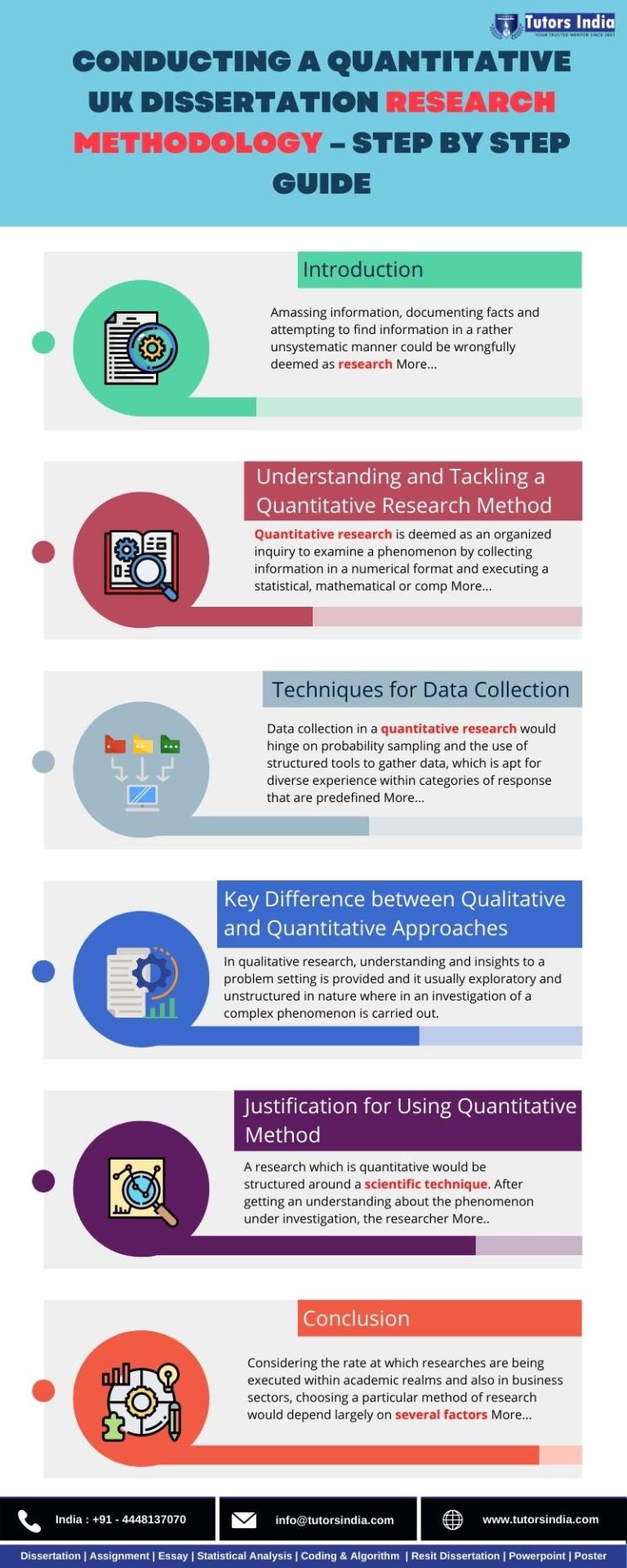
Directing a Quantitative UK Dissertation Research Methodology - Tutors India
We are showing a 6 Quantitative UK Dissertation Research Methodology Step By Step Guide. 6 Step by Step Guides:
· Introduction
· Understanding and Tackling a Quantitative Research Method
· Techniques for Data Collection
· Key Difference between Qualitative and Quantitative Approaches
· Justification for Using Quantitative Method
· Conclusion
#ResearchMethods#Quantitative researchmethodology#quantitativeresearch#quantitativeresearchmethod#researchmethodologychapter#researchmethodsforUKmastersdissertation#datacollection#quantitativeapproach
0 notes
Text




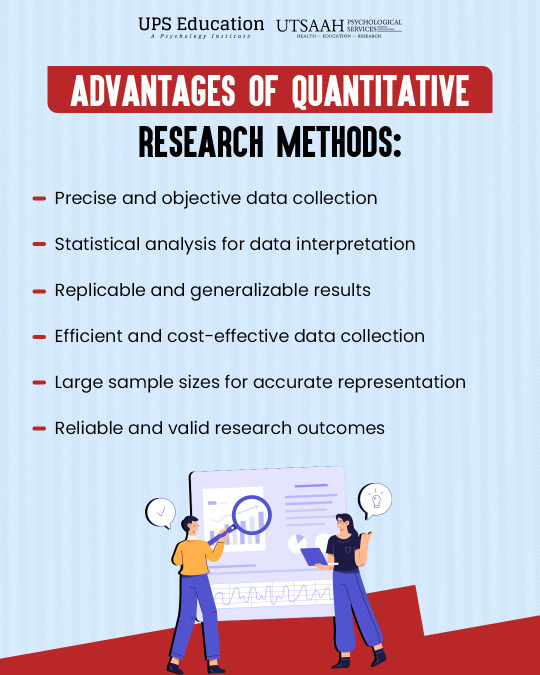
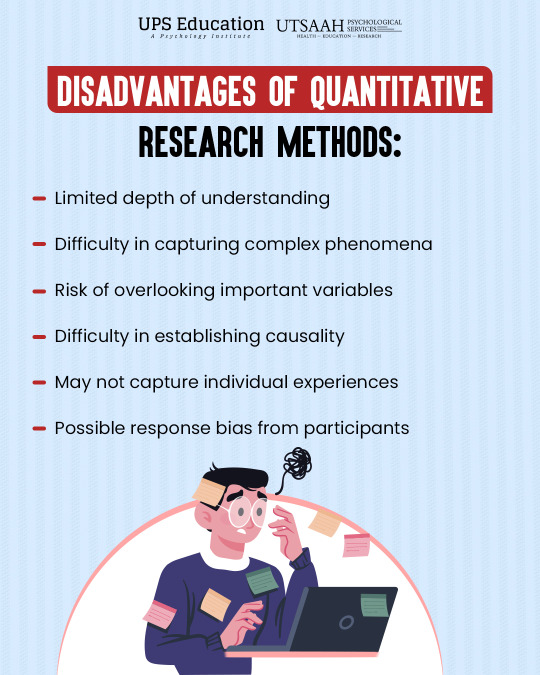

Quantitative Research Method
Quantitative research collects and analyzes numerical data. This method describes, predicts, and controls variables of interest. The goals of quantitative research are to test causal relationships between variables, make predictions, and generalize results to wider populations.
#quantitativeresearch #psychology #research #psychology #mentalhealth #therapy #anxiety #depression #psychologyfacts #psychologystudent #psychologist #counseling #psychotherapy #psychologyentrancetest #psychologyquiz #psychologyquestions #psychologyindia #quiz #psychologyexam #historyofpsychology #psychology #thisdayinpsychology #psychologycoaching #psychologyentranceexam #mapsychology #upseducation #coaching #Psychologyeducation #arvindotta
0 notes
Text
Build and Interpret a Basic Structural Topic Model in R
New R tutorial available! Follow my 10-step process for estimating and interpreting a basic structural topic model without covariates.
Preview the Tutorial
With Sound (slides with commentary)
@medsocionwheels Structural topic modeling: my 10 step process for estimating and interpreting a basic structural topic model without covariates in R. Full #tutorial available on medsocionwheels.com! #TopicModeling #NLP #StructuralTopicModel #QuantitativeResearch #QualitativeResearch #ResearchMethods #R #LearnR #CodingTikTok #rstats…

View On WordPress
#data analysis#data science#data visualization#data viz#examples#natural language processing#network analysis#NLP#R#R code#social networks#structural topic model#text data#topic model#tutorial
1 note
·
View note
Photo

{ #qualitativeresearcher } || source: diversityinacademia
#diversityinacademia#research#womeninacademia#professor#professorlife#doctorate#gradstudent#masters#phd#teachingassistant#professorsofinstagram#wocinstem#gradschoollife#womeninstem#phdchat#highereducation#gradschoolproblems#gradschoolmemes#qualitativeresearcher#quantitativeresearcher#acadowntime#professorchronicles#gradschoolmotivation#dissertation#phdjourney#academiclife#phdlife#phdmemes#notthatkindofdoctor#favourites
0 notes
Link
The question of how to execute quantitative research often arises in the minds of the students. To provide an answer to such questions and to draw an end to any confusion regarding this topic, we put forward this blog on quantitative research. Students are advised to go through it and gain an overview before starting to frame their paper. In case of requirement for expert writing solution, don’t forget to get in touch with PenMyPaper.
1 note
·
View note
Photo

They love us. Find out why. Easy User Test made the process so easy! What was the challenge you tried to solve? When we start with a design concept, we rely on best practices rather than gut feelings. A website should be beautiful, deliver results, and pursue a goal. Therefore, user surveys are necessary. What is and isn’t good? Does the customer have the same understanding we do? For time or budget reasons, we often do without user surveys for smaller projects… With you, we can now get a valuable and representative user test in a very short time (12 hours). Did Easy User Test solve the challenge? It was straightforward. I was amazed at how intuitive it was to use Easy User Test for the first time. First, I didn’t know what was being tested or queried. However, the answers were very helpful. How would you rate the value? Excellent value. I don’t know of any comparable offer on the market. How were the overall results and feedback? Has it been valuable? It was near-perfect. There were some answers on one subject that I did not understand. But the rest of the responses were meaningful. Did we meet your expectations? My expectations were low because I had already tried a few ineffective tools. Easy User Test more than met my expectations. #usability #usabilitytesting #uxresearch #uxresearcher #uxresearchers #uxresearchandstrategy #uxresearchstudy #userresearch #ux #uxdesign #ui #uidesign #interface #userrequests #uxui #uiux #qualitativeresearch #quantitativeresearch #messagetesting #usertest #remotetest #easyusertest https://www.instagram.com/easyusertest/p/CX3bnIGtfrv/?utm_medium=tumblr
#usability#usabilitytesting#uxresearch#uxresearcher#uxresearchers#uxresearchandstrategy#uxresearchstudy#userresearch#ux#uxdesign#ui#uidesign#interface#userrequests#uxui#uiux#qualitativeresearch#quantitativeresearch#messagetesting#usertest#remotetest#easyusertest
0 notes
Photo
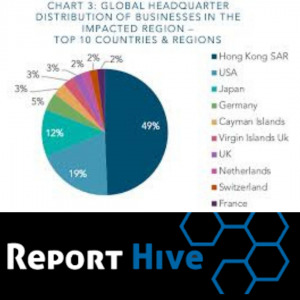
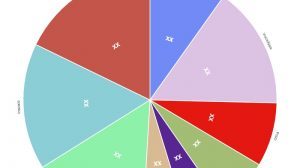

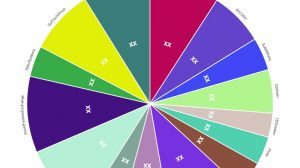

Why Choose Report Hive Research:Report Hive Research delivers strategic market research reports, statistical surveys, industry“. The
#TaylorSwiftTiktok#QuantitativeResearch#WhatIsTheMainFunctionOfTheBayh-doleActOf1980AsItRelatesToAcademicInstitutions?#WhatIsTheMainFunctionOfATechnologyTransferOfficeWithRespectToCollaborativeResearch?#WhichOfTheFollowingIsTrueRegardingIndustry-sponsoredResearch?#WhichOfTheFollowingIsTrueRegardingTheReportingOfResearchResults?#SeoResearchReports#WhichOfTheFollowingIsThePrimaryCriterionForAuthorship?
0 notes
Link
As a business leader, you always think of ways to make your business reach out to the target audience more effectively. Once you reach your intended audience and they start using your services and products on a regular basis, you create a loyal base of audience for your brand.
0 notes
Link
Quantitative research is based on the assortment and investigation of numerical data. It depend on on interpretations and opinions. It is mainly used for studying social, economic, and psychological processes. It is based on on-measurable resources. In quantitative research, data is presented in the form of numbers.
0 notes
Photo

To know more about us visit our website www.researchfox.com or contact us at
https://www.researchfox.com/contact
#quantitativeresearch#primary research secondary research Facetofacediscussion#brandawareness purchase drivers
0 notes
Link
0 notes
Text
Why Analytics Is Important For Healthcare Industry Transformation?

It is understandable that anyone can be intimidated by the huge influx of data that flows through healthcare systems every other day. However, gaining meaningful insights into this and treating patients and preventing disease is a big step in healthcare. This is done by Big Analytics or Advanced Analytics. The data obtained from the machines is just a confusion of these zeros and zeros, and you will not benefit from it if you do not understand what it is trying to convey.
Role of Analytics in Transforming Healthcare
Healthcare organizations across the United States have begun to adopt technologies such as PACS imaging systems, telemedicine services, EMRs, or electronic health records that attempt to understand the massive flow of data through the system. It is therefore important to know the means by which information can be gathered from the data in order to create value and enjoy operational, financial, and clinical knowledge.
Healthcare organizations can use information gathered from a variety of sources in a number of ways.
1. Disease surveillance and preventive treatment
Healthcare analysts work diligently with the data provided to them. Therefore, they examine both structured and unstructured data, including data that is easily accessible through non-traditional channels (eg social media messages, text messages, etc.) to distinguish any patterns. They turn all information into practical information and work for better health.
2. Develop clinically relevant and more effective diagnostic and therapeutic techniques
Organizations rely on the experience of health analysts to collaborate with data collected from a variety of sources to monitor the effectiveness of their processes. This would help them understand how patients have responded to their program and what their condition is.
3. Developing faster, simpler and more productive R&D pipelines
It is not easy to take the medicine out to the patient. Drug development is a thorough and overwhelming process that takes thorough clinical trials and then eventually FDA approval. Every pharmaceutical company and healthcare provider must go through this process strictly before administering medicines to patients. Companies are using predictive modeling, statistical tools and algorithms, and healthcare analytics to reduce the time a drug stays in the R&D pipeline.
The Value of Analytics
The healthcare industry is undergoing serious changes as it moves from a volume-based company to a value-added company. Healthcare providers are under enormous pressure to provide value-based care that provides better outcomes for patients. It has, in fact, changed the cost structure, extended life expectancy, and improved control of chronic and infectious diseases.
Patients are not the only ones to benefit, as it has also affected many other entities - facility providers, insurance providers, government agencies, and so on. For example, insurance companies are moving their models to value-based data for fee-free payments using EMRs. Electronic health records can ensure the quality of patient care.
Together, these units address the following areas:
Disease Intervention and Prevention
Care Coordination.
Customer Service
Financial Risk Management
Fraud & Abuse
Operations
Healthcare Reform
Conclusion
Big data and predictive analytics help inform care management decisions, leading to stronger motivational relationships between providers and patients. It plays a very important role in creating long-term positive inclusion, preventing readmission where possible, and minimizing the risk of chronic diseases. By examining and analyzing structured and unstructured data, organizations can predict disease, prevent epidemics, and reduce mortality.
0 notes